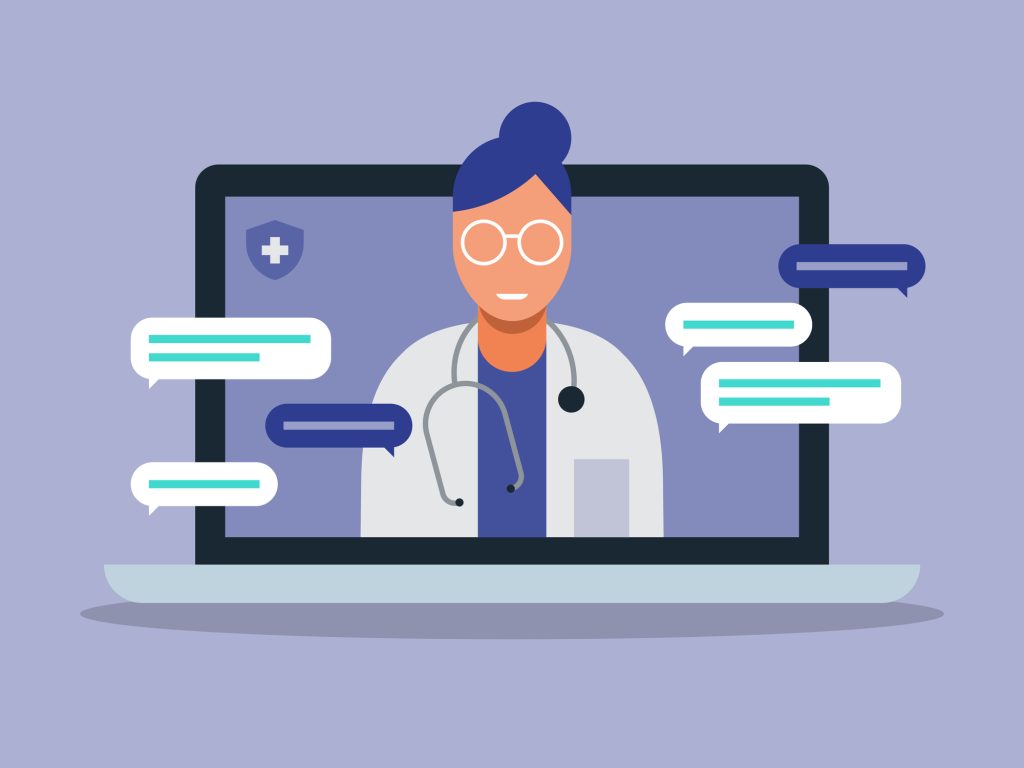
More and more healthcare workers are realizing the added value of e-health, in part due to experiences during the coronavirus pandemic. However, the noticeable work pressure among doctors is increasing. This was reported by RIVM on the basis of the E-Health Monitor 2021. RIVM, in collaboration with Nivel and the National E-Health Laboratory (NeLL), is evaluating the transition to E-Health.
In 2021, more than half of GPs (55%), specialists (61%) and social workers (67%) used video calls. In 2019, when the previous screen was made, it was almost never done. The majority of clinicians report that they have only digital contact with a selective group of patients. Digital communication is particularly suitable for patients under the age of sixty who are digitally proficient.
Bad news talks
Moreover, doctors do not consider video calls to be equally suitable for every type of conversation. The majority indicate that they find video calls suitable for monitoring counseling and prescribing. Just under half will use it in an introductory meeting. The vast majority of general practitioners and medical professionals believe that bad news talks and physical exams should take place physically.
More and more healthcare providers are also providing a patient portal where patients can view their medical data online. Doctors understand the fact that patients can gain insight into their health in this way. As the main drawback, 56 percent of GPs and medical professionals say it increases their workload. There are also concerns about the risks that the patient portal poses to patient privacy.
“For her”
According to RIVM, digital care can offer a solution to the increasing shortage of healthcare staff, while the demand for healthcare is increasing due to the aging population and the increasing number of people with chronic diseases. However, it is important for this that care is organized differently: most caregivers still currently experience digital care as a “side” thing.
Read also

“Total coffee specialist. Hardcore reader. Incurable music scholar. Web guru. Freelance troublemaker. Problem solver. Travel trailblazer.”







More Stories
GALA lacks a chapter on e-health
Weird beer can taste really good.
Planets contain much more water than previously thought